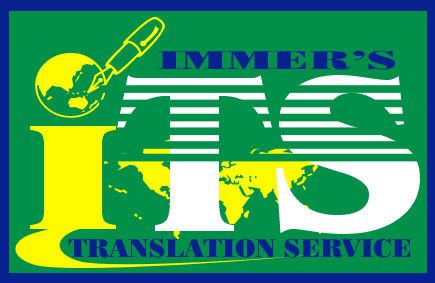
| SEA OF A. 2005 On BusinessSEA OF A. 2005 Guest BookWhat's NewSEA OF A. 2005 PhotosJournal |
|
What must be done? Contact Us Send Us an E-mail @ seaofa2005@yahoo.com Add `n Submit your Testimonial @ http://friendster.com/seaofa2005 Or-- seaofa2005@yahoo.com :) We`ll wait for you there... Community`s Archives Comment guyz
How to submit your comment...1. Fill your Name 2. Fill Your Address (You can fill your mail if you don't have personal websites) 3. Fill your comment, idea or suggestion 4. Click on the 'Send' Button to send it 5. Enter the CODE and Submit (If any)
Who?
 Ipan Susanto  Andi  Sulistianto  Nur Biantoro  Etik  Sulastri  Laurentius  Adrian Marsem  Indra Wahyudi (PATU)  Immer M.  Ika P.  Sri  Isfian  Rose  Siska  Yuli  Darwin  Mayumi  Rangga  A. Farman  Melki  Yuni A.  Rendi  Agus Satria  Decy Elfania  Putu  Iyan  Pitri Where`s your mail created
What & When?
This blog belongs to SEA CommunityCreated by SEA OF A. 2005 -- Since 08 April 2008 at 1 p.m SEA OF A. 2005 Stands for Students English Area of Attendance 2005 Studying in Yogyakarta University of Technology On Faculty of Letters and Culture Last Update on April 25th 2008 at 10:25 p.m |
Reply from WordReference Forum
Sunday, 20 April 2008 :: 11:32
Question Hi, Many sentences use is/am/are + to ... I am a little bit confused the usage of 'be + to' here and what is really the meaning of 'be + to' 1. I am to take that book tomorrow 2. I have to take that book tomorrow 3. I will take that book tomorrow Which sentences are correct? Could anyone explain please... Regards, Answers All the sentences are correct. 2 and 3 are fairly obvious, but I understand your problem with number 1. You'd rarely hear it said, but it is used in specific circumstances. e.g.What do you have to do tomorrow? - I am to take the book to her. It describes something you must do (usually an order from someone else). It usually implies something you would rather not do, but that you have no choice other than to do it. e.g. I'm to take his children to the airport at 5 pm. She's to go to her room, and that's final. I'm to accept the terms of the offer, or they'll take further action. Hope this helps, it's a rarely used structure though. ---------------------------------------------------------------------------------------- It doesn't have to be something you would rather not do, nor is it necessarily an order. It means something you will do in the future. eg. I am to play Jack in the pantomime this year. ---------------------------------------------------------------------------------------- Occasionally, perhaps, Eigenfunction, that's why I said 'usually'. But I feel that with this structure, it is nine times out of ten used with a tone of resentment. The choice of not using an active construction, i.e. 'I am playing Jack in the pantomime this year' illustrates that the decision or request came from elsewhere, and that it was beyond the speaker/writer's control.
|
























